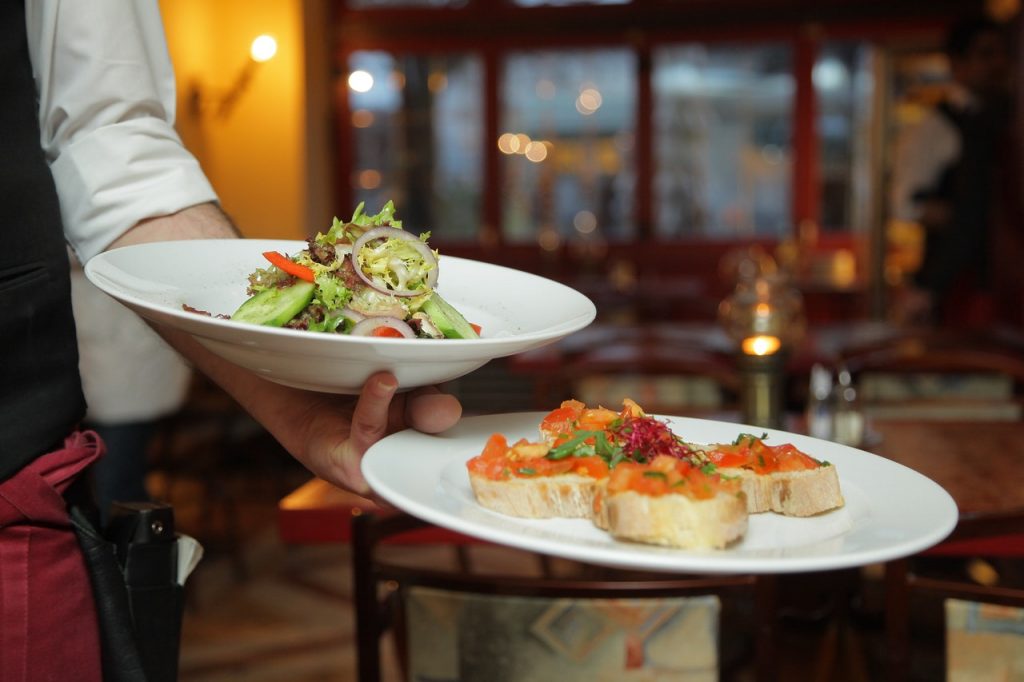In 2018, 660,755 registered restaurants were operating in the United States. As a whole, the industry raked in sales reaching $800 billion in 2017, which was the highest it’s ever been. To say that a restaurant business is a profitable endeavor would be an understatement. The business zeroes in on one of the most fundamental needs of people: food. That’s the kind of consumer demand that will never waiver. Therefore, it only follows that restaurants enjoy steady growth that’s uncompromised by whatever economic fluctuations coming into play.
For budding entrepreneurs, investing in a restaurant business is a good way to test the waters. It’s challenging enough to hone one’s managerial competencies. At the same time, it does not require a host of technical skills. All you need are a few essentials to get started. Here are these requirements.
Location
Your physical location is your restaurant business’s official mascot. That’s what people see first. So invest in a store that looks enticing to consumers. If your store looks great, you’ve done half the job. Now if the location you picked is strategic enough, let’s say close to a shopping district or a cluster of schools, then you’re in for some good business.
Even if you plan to eventually transition a huge chunk of your operations to food delivery, you still cannot bypass the importance of a brick-and-mortar store. That is if you want your business to arrive in style.
People
A restaurant business is basically all about customer service. And you need to come up with a team ready to do just that: serve. From your wait staff/cashier people to your kitchen staff, everyone should be on board to deliver exceptional service at all times.
Those who dine in will appreciate it if the food you serve is great. That appreciation will be boundless if they experience unparalleled service the minute they walk into your store to the moment they walk out.
Remember that a customer with a horrible experience from a wait staff will go out of their way to avoid dining in the same place again. Each customer you lose is bad business.
Product mix
Start with a few but well-thought-out offers. One mistake budding restaurateurs make is coming up with a menu list that seems to want to rival three different restaurants at the same time for its sheer diversity. Going this route will unnecessarily complicate your daily operations. But it will not assure you of customers.
What customers look for is great food. Most, whether they admit it or not, will always opt for the familiar. Even if you only offer six different dishes, so long as they are equally appetizing, they will suffice. The more choices customers have, the longer they will linger with your menu, which won’t be good for your table turnaround.

Equipment
Gauge your daily operations. How many customers do you expect per hour? Based on the answers you come up with, purchase essential equipment. Top priorities include food manufacturing equipment from reliable companies such as Lakeside Manufacturing. Your kitchen should be heavy-duty enough to deliver orders during high-volume hours.
Also, do not forget about secondary but just as essential store equipment such as heating, ventilation, and air conditioning (HVAC) system. Your HVAC system should complement the size of your store.
Marketing plan
Do not get into the restaurant business blind. You must come prepared with a marketing plan. The first order of business is to know your market. That will help you in all aspects of preparing your restaurant for its opening, from designing the physical layout and aesthetic of your store to creating your price list.
A marketing plan should also itemize strategies you want to pursue to promote your restaurant. These strategies may include social media marketing, among other possibilities.
Deciding to go into business is not an easy decision to make. It requires guts and gusto. If you think a restaurant business could be your ticket to the level of financial independence you dream of, by all means, give it a try. With enough resources, there’s no stopping you.
However, be prepared to wait. As with any worthwhile endeavor, patience is key. The ROI for a restaurant business comes after four years on average. For the first year, your job is to keep the business running as smoothly as possible. Breaking even should not be a cause of concern because that is how it works. For the following years, you will see how you are increasingly recouping the money that you put in. That is if everything is in order. Keep at it and give yourself no other choice but to prosper.

